How can we accelerate innovation in homecare across national borders, when care systems, budgets, and regulations vary so widely? That’s the question at the heart of the ACE project.
Faced with growing care needs and workforce shortages across Europe, ACE set out to test one key idea: could homecare organisations and tech providers from different countries be effectively matched to pilot new innovations together?
The answer, as our research reveals, is yes, but not without navigating real-world complexities.
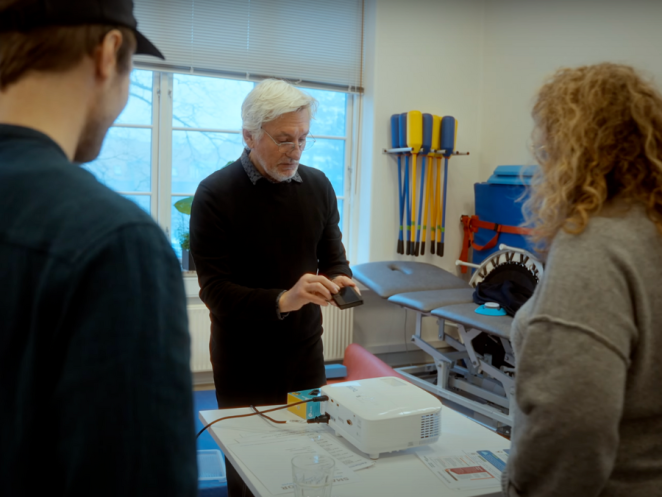
What the research looked at
ACE consortium members Coosje Hammink (HAN University of Applied Sciences), Sarah Latus (TUHH), Annouck De Cat (LiCalab), and Prof. Masi Mohammadi (HAN University of Applied Sciences), examined the full process of cross-border matching - how care providers in one country were paired with technology developers from another - and what helped or hindered that process.
The analysis is based on interviews with 11 pilot and national coordinators from Belgium, Denmark, France, the Netherlands, and Sweden, and draws on technology adoption theories including DOI, TAM, UTAUT, TOE, and NASSS.
This work was presented as part of the conference proceedings at the Scientific Conference ‘Innovating Healthy Living and Daily Life through Living Labs,’ held in Istanbul, Türkiye, on 13–14 May 2025.
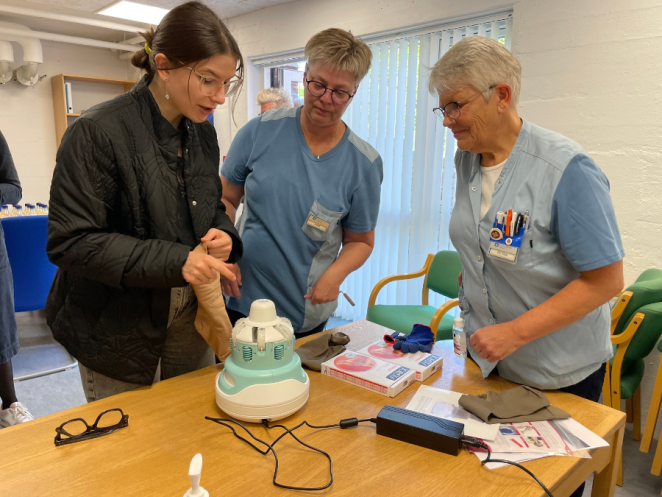
What makes cross-border innovation work?
Trust over tools: Personal networks were far more effective than digital platforms. Trusted relationships made care providers more open to joining pilot projects, especially when the approach came from a known source.
Clear need-solution fit: Technologies that solved a concrete and urgent problem were easier to implement, even if complex. One coordinator said it best: “[technologies must] respond to an unfulfilled need or facilitate daily practice.”
Simple tech, tangible results: Hardware-based solutions were easier to match than software or data-intensive systems, which often triggered GDPR and ethics reviews that delayed or derailed the process.
Strong support from suppliers: Pilots succeeded more often when companies showed commitment by assisting with setup, training, and troubleshooting - removing a part of the burden from already-stretched care teams.
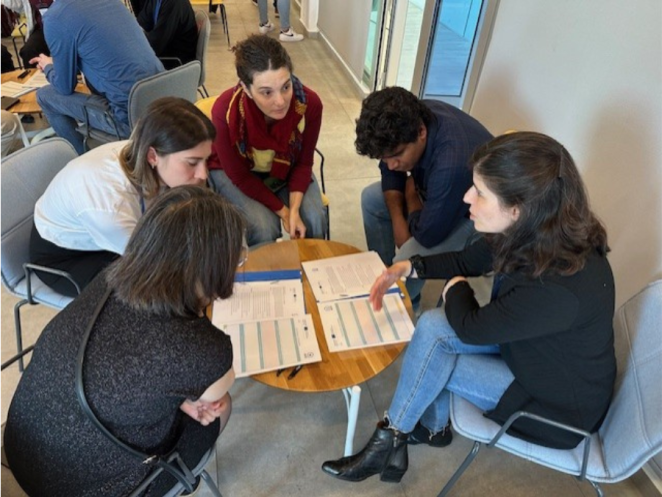
What gets in the way?
Time and staffing pressures: Many organisations withdrew despite interest because they lacked time and capacity, often due to staffing shortages.
GDPR and ethics approvals: Projects involving sensitive data faced months of delay navigating country-specific compliance processes. In Sweden, for example, approvals for AI monitoring systems took over 14 weeks.
Unmet financial expectations: While in some countries (like Sweden and Denmark) care organisations were used to self-funded innovation, in others (notably the Netherlands and Belgium) they expected some compensation to participate.
Technology mismatch: In some countries, care providers already had similar technologies to those offered through the platform, making some solutions redundant or irrelevant.
Workflow disruption: Even useful technologies were rejected if they required major changes to how care teams worked day-to-day.
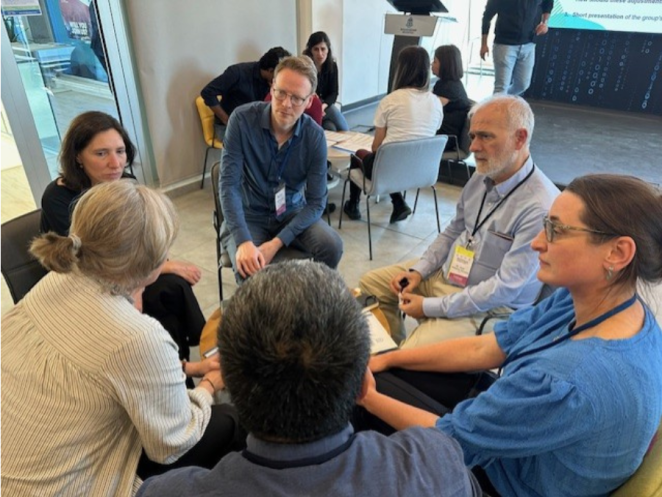
Different systems, different challenges
The research found that healthcare system structure made a major difference in how easily pilots could be matched and implemented.
- Sweden and Denmark, with their municipality-based systems, had easier access to innovation budgets and motivated care partners already embedded in the project.
- The Netherlands and Belgium faced more fragmented systems and financial constraints, relying heavily on existing relationships for recruitment.
- France showed a strong preference for domestic solutions unless a foreign technology clearly filled a gap or offered cost savings.
Interestingly, Dutch coordinators expressed strong interest not only in technologies but in learning from Scandinavian care models, highlighting the potential for organisational learning, not just tech transfer.
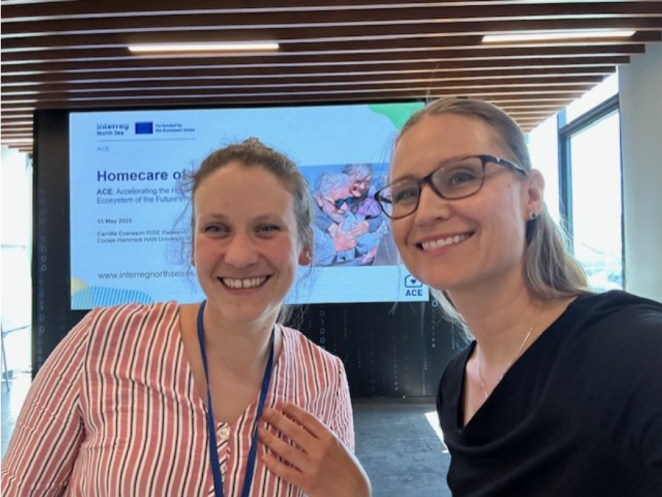
“What turned out to be a common thread everywhere was just how important local context really is. No matter how promising a technology looked on paper, if it didn’t fit easily into each country’s specific care system or regulatory environment, it just didn’t stick. The idea that ‘one size fits all’ fell apart really quickly once the matching process got underway.”
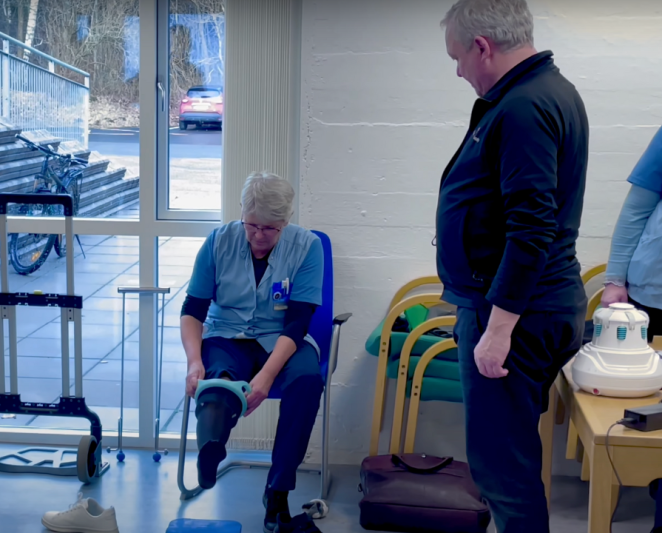
Rethinking how we support innovation
One of the key insights from the ACE research is that trust, timing, and system fit matter more than simplicity or digital visibility. For example, ease of use - a focus of the Technology Acceptance Model - was less important when a technology clearly solved a pressing issue and came with support.
Instead, models like Diffusion of Innovations (DOI) and Technology-Organization-Environment (TOE) better explained the real-world dynamics observed in the project. The findings also highlighted that regulatory and administrative hurdles are critical barriers, particularly in cross-border contexts.
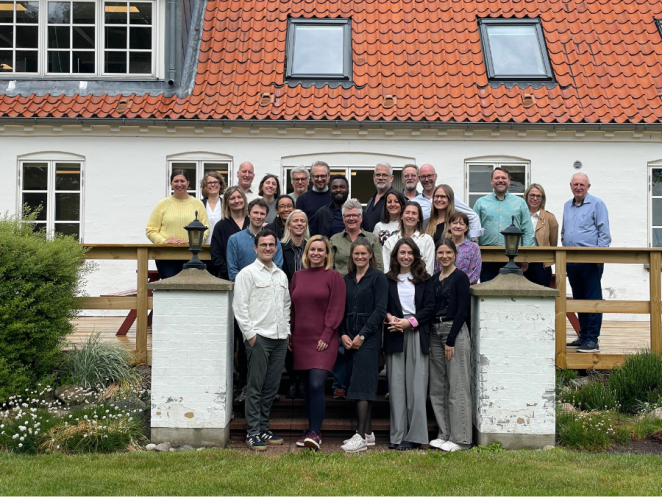
ACE's key recommendations
Based on the pilot coordinators’ experiences, five clear recommendations emerged for future cross-border innovation work:
- Focus on relationships, not just platforms: Direct engagement and trust-building are essential.
- Support complex technologies with guidance and demos: Help pilot sites see the value clearly.
- Streamline regulatory processes: Shared ethics templates could reduce months of delay.
- Match strategy to system structure: Understand how healthcare is organised and funded nationally and locally.
- Facilitate learning beyond tech: There is strong interest in organisational and process innovations, not just digital solutions.
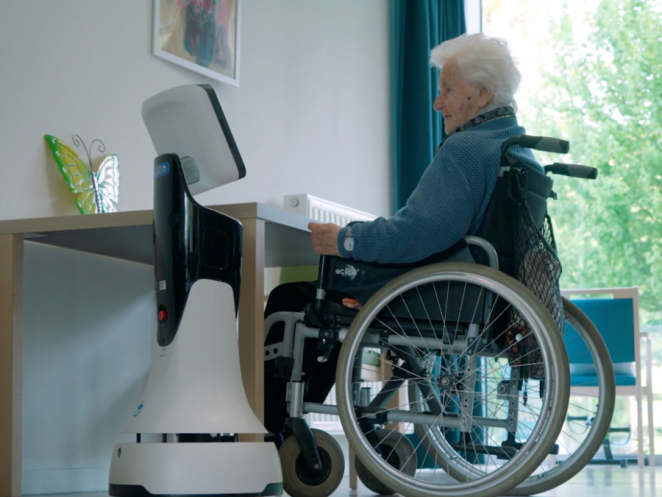
A strong foundation for future collaboration
Cross-border innovation in homecare isn’t just about moving products between countries, it’s about building trust, navigating systems, and understanding what care providers truly need. The ACE project shows that while the challenges are real, so are the opportunities.
By sharing not only technologies but also care models, support structures, and lessons learned, we can build a stronger, more adaptable homecare ecosystem across Europe.
